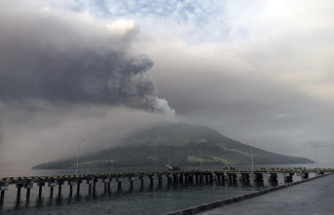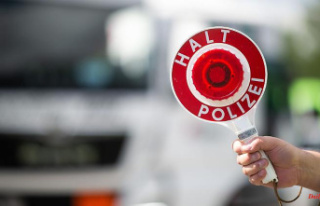The Baltic sturgeon has been considered extinct in the Baltic Sea since the 1970s. Its reintroduction has been in progress for a number of years. The first successes make those responsible optimistic.
Sassnitz (dpa / mv) - The resettlement of the sturgeon in the Baltic Sea is progressing. On Thursday, helpers exposed 50 artificially reared young animals in front of Sassnitz on Rügen, as announced by the Ministry of the Environment in Schwerin. The subadult - i.e. not yet fully mature - sturgeons weigh between 500 and 1500 grams.
So far this year, more than 600 young Baltic sturgeon have been released off the coast of Rügen and Usedom. In addition, 400 animals were exposed in Lebus an der Oder (Brandenburg). In the past 15 years, more than three million Baltic sturgeons breeding in Born on the Darss have been released in the Oder catchment area and in the coastal waters of Mecklenburg-Western Pomerania.
The project is paying off, they said. "Thanks to the monitoring, we know of sightings in tributaries of the Baltic Sea," said Environment Minister Till Backhaus (SPD). This is a great gain for the biodiversity of the Baltic Sea region. "The sturgeon will once again belong to the Baltic Sea, as it has for millions of years," he said. The sturgeon has been considered extinct in the Baltic Sea since the 1970s.
For the observation of stocks, reports of sturgeon catches are rewarded with ten euros. Backhaus called on fishermen and anglers to report animals and thus support research. The animals released on the coast are marked on the left side of their dorsal fin.
"Feedback from tagged sturgeons caught helps to better understand migration behavior after stocking," explained the minister. Unmarked animals could also be reported to the State Office for Agriculture, Food Safety and Fisheries. In this case, a photo is requested as proof and to distinguish between species.












